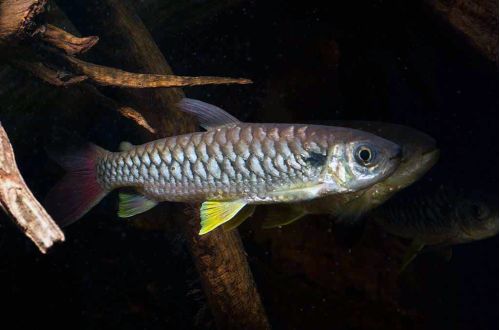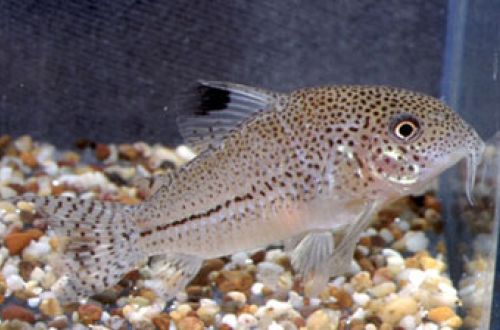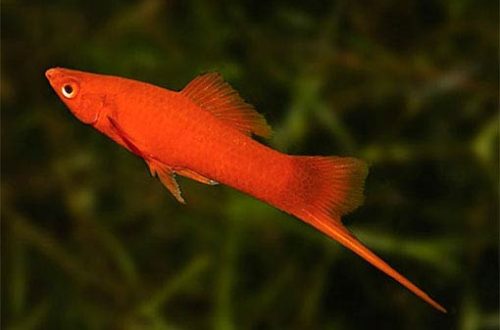
chalceus
Yellowfin chalceus, scientific name Chalceus erythrurus, belongs to the Characidae family. South American predator of moderate size. If you sympathize with carnivorous species, but do not want to equip a huge aquarium and are constantly on the lookout for fresh fish for your pet, then this species is for you. Quite unpretentious and can be combined with other large, but peaceful fish, without any sad consequences for the latter.

Contents
Habitat
It comes from South America, is widely distributed throughout almost the entire Amazon River basin in modern Peru and Brazil. Prefers to stay near the water surface of floodplain rivers and lakes.
Brief information:
- The volume of the aquarium – from 250 liters.
- Temperature – 23-26°C
- Value pH — 6.0–7.0
- Water hardness – soft to medium hard (5-15 dGH)
- Substrate type – sandy
- Lighting – moderate
- Brackish water – no
- Water movement – weak or still water
- The size of the fish is up to 20 cm.
- Meals – fresh or frozen meat products
- Temperament – active, conditionally peaceful, carnivorous species
- Keeping both alone and in a flock of 4-6 individuals
Description
Adult individuals reach a length of about 20 cm. The body is elongated in a silvery hue with a red (pink) tail characteristic of this species, the rest of the fins are yellow. Sexual dimorphism is weakly expressed, males and females are outwardly indistinguishable from each other.
Food
In the wild, it feeds on insects and crustaceans, and if possible, it can also catch careless small fish. In a home aquarium, pieces of fresh or frozen fish meat, shrimp, mussels or live insects, earthworms should be served. It is acceptable to use dry food, but only as an additive and in no case should it replace the main protein food. Feed exclusively at the surface of the water, pieces of food that have fallen to the bottom will be ignored by Halceus.
Maintenance and care, arrangement of the aquarium
The minimum allowable tank volume for a group of fish is about 250 liters. With a smaller volume, there is a high risk of injury during a throw for prey. Requires a large free space for swimming. There is no need for shelters, the design of the aquarium is the simplest – a sandy substrate with a certain amount of rooting and floating plants. Provide a cover in which the lighting fixtures are well insulated, and other communications (wires, tubes) are well hidden. This is a must because the fish are famous for jumping out of the water and must be protected from possible contact with wires and hot lamps.
Optimal conditions are characterized by the presence of a very weak current, a moderate level of illumination, a water temperature in the range of 22–26 ° C, a slightly acidic pH value with low or medium hardness.
Behavior and Compatibility
It is allowed to be kept in a single or species aquarium, or in a large community in a company with peaceful large fish, like Leporinuses or Pacu, some types of catfish, for example, Pimelodus, etc. As neighbors, choose only those species that are comparable in size and live in the middle or bottom layer to avoid competition near the surface. And of course, you should not consider small fish at all.
Breeding / breeding
In open sources, it was not possible to find reliable information about the method of reproduction of Chalceus yellowfin, but apparently it spawns in the same way as its close relative Chalceus red-tail does.
Fish diseases
A balanced aquarium ecosystem with the right conditions is the best guarantee against disease. If signs of illness are found (unusual behavior, rashes on the body, etc.), first check the quality and parameters of the water and only then take it for treatment. Often it is enough to return the conditions of detention to optimal values in order to solve the problem.





